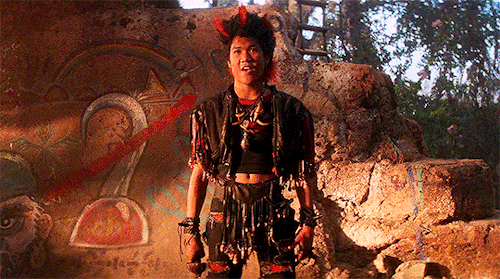Charlotte, you go girl! This is a momentous holiday season for 11 year-old Charlotte Nebres and for Asian Americans and African Americans. Charlotte is the first Filipina American and African American ballerina lead (playing heroine Marie) in New York City Ballet’s The Nutcracker. Finally.
Representation is consequential. It has conscious and subconscious, explicit and implicit effects, especially, for those that can identify with the lack of it.

I too remember. I remember my vivid awestruck when I saw Asian American actor Dante Basco as Rufio in the movie Hook. He was the first person I saw on TV and in film that resembled me. For people of color to see individuals like them in positions of visibility, power, and success, it is incredibly validating for our identities, confidence, aspirations and affirming that we matter. We do matter. Charlotte you matter.


The firsts. Asian American Pacific Islanders are still underrepresented in many sectors. For example, actress Kelly Marie Tran who plays Rose Tico in Star Wars went from being the first Asian American and woman of color lead character in The Last Jedi (and in all of Star Wars) to controversially only having one minute of screen time in the follow-up film The Rise of Skywalker. Also, in stark contrast to his counterparts, data analyzed by Axios Media demonstrate the disproportionate lack of media coverage in comparison to polling numbers for Asian American presidential candidate, Andrew Yang. And for the first time in U.S. history, there are three Asian American Pacific Islanders running for 2020 presidency: Andrew Yang (Taiwanese), Kamala Harris (Indian and black), and Tulsi Gabbard (Samoan and white).



Additionally, in every article I have read about Charlotte Nebres, the titles and body text consistently say “first black” ballet lead and neglect to say she is also the first Asian American ballet lead. Too often Asian American Pacific Islanders are left out, forgotten, a footnote or an afterthought; yet Asian Americans are the fastest growing racial and ethnic group in the U.S. Asian Americans are more than the harmful stereotypes: other, outsider, quiet, invisible, passive, meek, subservient, the model minority, good at math, terrible drivers. The list is endless.
Despite it all, Charlotte, you are positively challenging the misconceptions and false narratives of Asian Americans and African Americans. Thank you for overcoming the odds. Thank you for being the first. Your success is everyone’s success.













